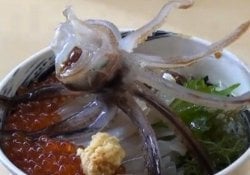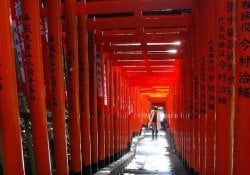In this article you will get to know all the traditional Japanese musical instruments. There are dozens of instruments of Japanese origin, let's try to briefly talk about each of them and list them.
Japan has a long and rich history of traditional music and instruments. The country has many types of music, from the traditional Japanese music of Noh theater and Kabuki, to the more modern pop and rock music of today that still uses traditional instruments.
There is a wide variety of traditional Japanese instruments, from the well-known Shamisen and Koto, to the less familiar Shamisen-bushi and Biwa. These instruments are used in a wide variety of musical genres, from traditional Japanese music to more modern styles.
We also recommend reading:
- Instruments and Music Terms in Japanese
- Taiko - Drum - Japanese percussion instruments
- Melody Roads - Streets that play music in Japan
Índice de Conteúdo
Main Traditional Instruments of Japan
There are hundreds of Japanese instruments that we won't go into in detail, but the most popular ones deserve at least two paragraphs of information.
Those mentioned below will not appear in the Japan Music Instrument List separated by category.
Shakuhachi
The shakuhachi is a traditional Japanese flute that was originally used by Buddhist monks of the Fuke sect. The shakuhachi is made from a bamboo stem with a length of about two meters. It has a warm, mellow sound, and is often used in traditional Japanese music.
It is also used in a wide variety of Japanese music genres, contemporary music, and even pop music. The shakuhachi has a very beautiful sound and is a very popular instrument in Japan.
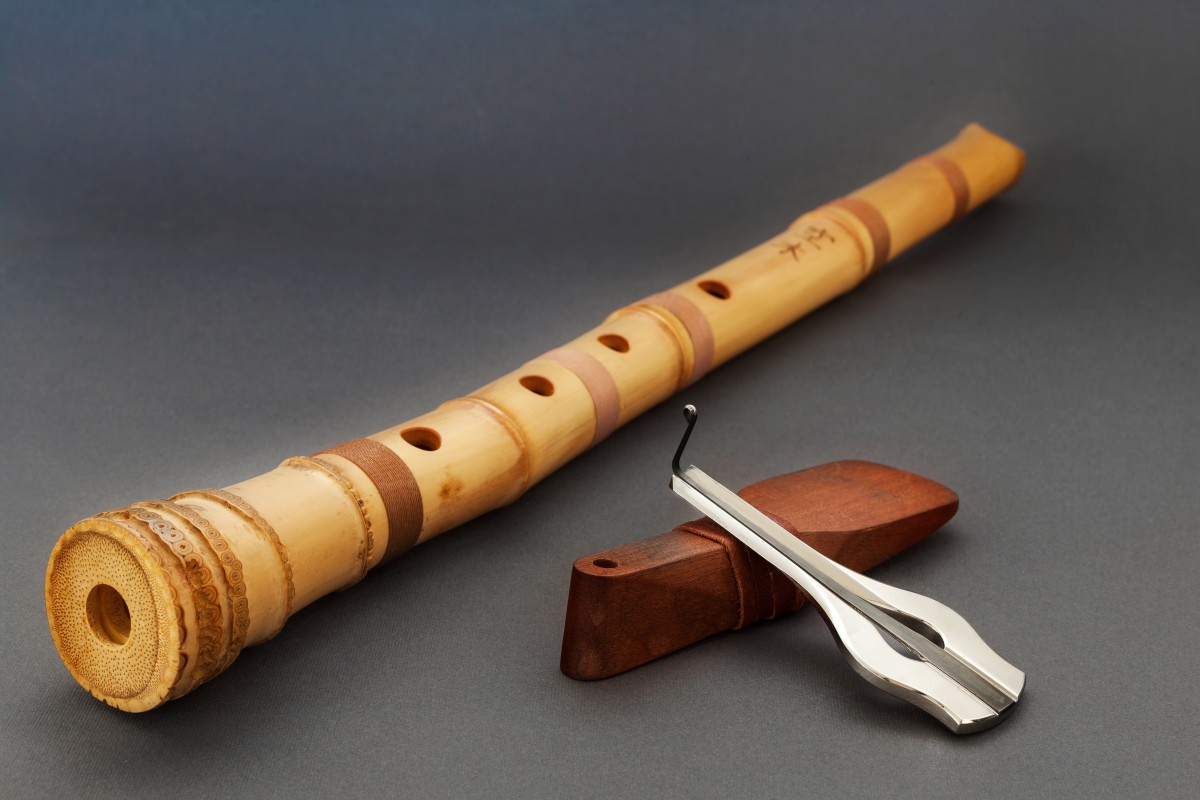
Taiko
The taiko is a large Japanese drum that is usually played with two sticks. Taiko is traditionally used in Japanese folk music and festivals.
The sound of taiko is very loud and energetic, and is often used to keep pace in traditional Japanese music. There are different types of Japanese drums that have Daiko in their name.
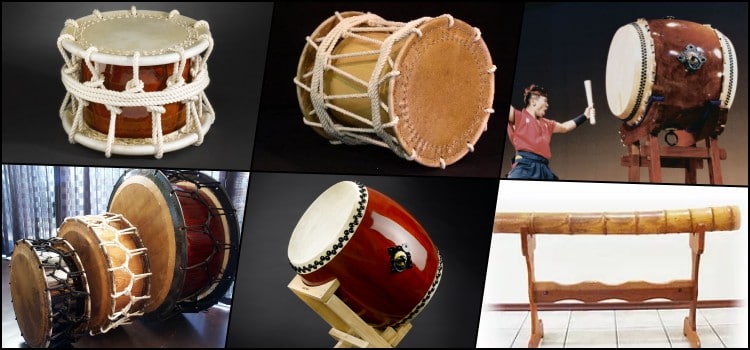
Shamisen
The shamisen is a three-stringed instrument played with a pick. It has a long neck and a barrel-shaped body. The shamisen is used in a wide range of Japanese music, from traditional folk songs to more modern pop songs.
He looks like a banjo with three strings; brought to Japan from China in the 16th century. Popular in Edo's leisure districts, the shamisen was often used in Kabuki theater.
We recommend reading: Shamisen - Japanese 3-string musical instrument
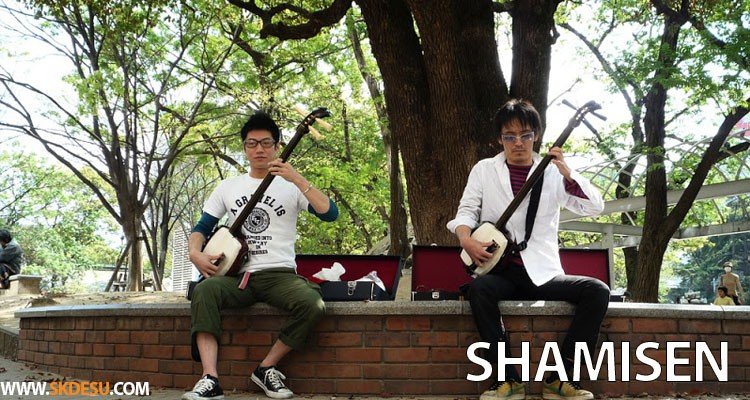
Koto
The Koto is a Japanese instrument with a long history. It is a string instrument played with a plectrum. The koto has a resonant body, and its strings are stretched over a movable bridge.
The koto is a very versatile instrument, and can be used for a wide range of musical genres. Koto was first introduced to Japan in the eighth century.
At first, koto was played only by the nobility, later it became popular among the general population. The koto has a strong association with the Japanese imperial family.
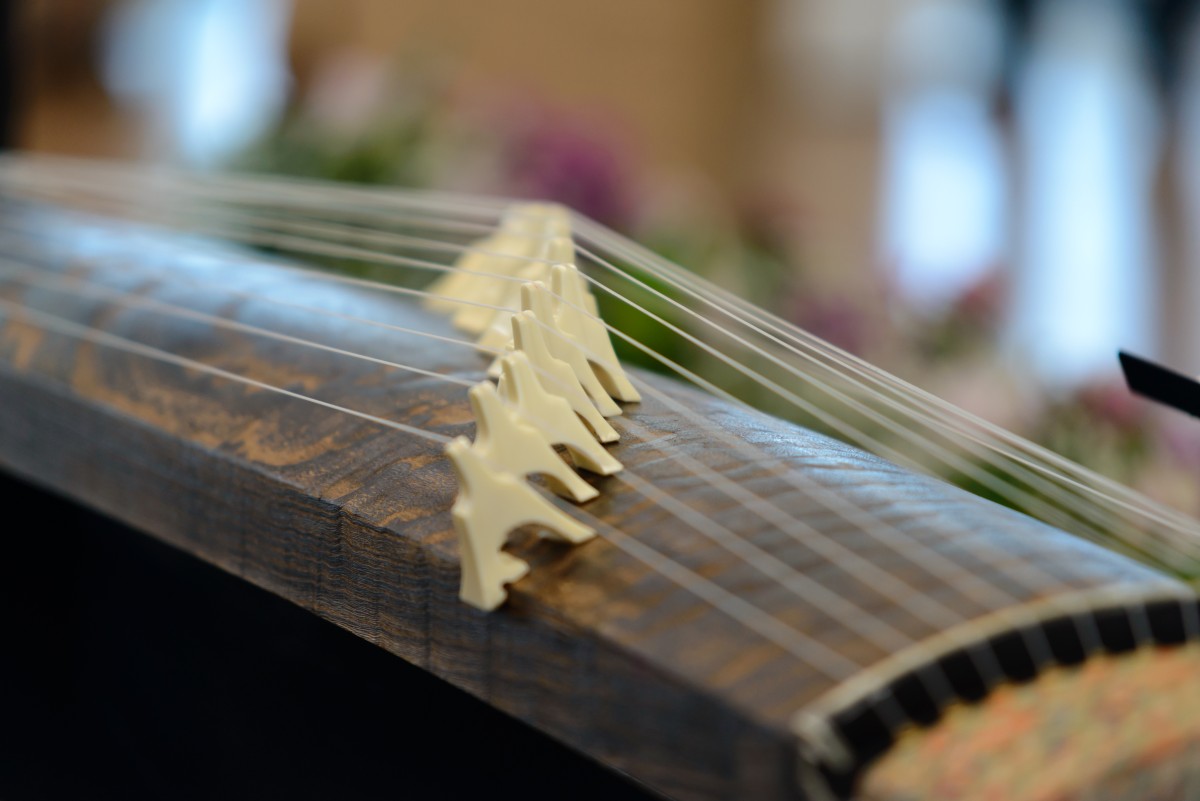
Japanese Percussion Instruments
- Hyōshigi (拍子木) - wooden or bamboo claps
- Den -Daiko (でんでん太鼓) - pellet drum, used as children's toy
- Bin-sasara (編木, 板ささら; also spelled bin-zasara) – clap made of wooden slats connected by a rope or cord
- Kagura Suzu - hand bell tree with three layers of pellet bells
- Ikko - small, ornate hourglass-shaped drum
- Kakko (羯鼓) - small drum used in gagaku
- Kane (鉦) - small flat gong
- Kokiriko (筑子, こきりこ) - a pair of sticks that are beaten together slowly and rhythmically
- Shakubyoshi - clap made from a pair of flat wooden sticks
- Mokugyo (木魚) - woodcut in the form of a fish, struck with a wooden stick; often used in Buddhist chants
- San-No-Tsuzumi (三の鼓)- Double-head hourglass-shaped drum; hit only on one side
- ŌTsuzumi (大大) - hand drum
- Sasara (ささら) - aplaque made of wooden slats connected by a rope or cord
- SEKKIN - a fine tapping drum
- Shime -Daiko (締太鼓) - small drum played with sticks
- Shōko (鉦鼓) - small bronze gong used in gagaku; hit with two horn beaters
Japanese string instruments
- Biwa - A PEARA -shaped lute
- Ichigenkin (一絃琴) - monocord
- Junanagen (十七絃) - the 17 string koto
- Kugo (箜篌) - an angled harp used in ancient times and recently revived
- Sanshin (三線) - an Okinawan precursor of mainland Japanese shamisen (and the Amami Islands)
- TALHOGOTO (大正琴) - a zither with strings and metal keys
- Yamatogoto (大和琴) - ancient long zither; also called wagon (和琴)
- Tonkori (トンコリ) - a plucked instrument used by the Ainu of Hokkaidō
- Kokyū - a bowed lute with three (or, more rarely, four) strings and a skin-covered body
The article is still halfway through, but we recommend also reading:
Japanese wind instruments
Japanese flutes are called fue (笛). There are eight traditional flutes as well as more modern creations.
- Hocchiku (法竹) - upright bamboo flute
- NOHKAN (能管) - transverse bamboo flute used for noh theater
- Komabue (高麗笛) - transverse bamboo flute used for komagaku; similar to ryūteki
- Ryūteki (龍笛) - transverse bamboo flute used for gagaku
- Kagurabue (神楽笛) - transverse bamboo flute used for the mi-kagura ritual
- Shakuhachi (尺八) - upright bamboo flute used for Zen meditation
- Shinobue (篠笛) - cross popular bamboo flute
- Arc Flute (弓笛) - a flute developed by Ishida Nehito with bow hair to accompany the kokyū.
- Horagai (法螺貝) - shell horn; also called jinkai (陣貝)
- Hichiriki (篳篥) - two-way flute used in different types of music
- Tsuchibue - globular flute made of claymore
- Shō (笙) - 17 pipe mouth organ used for gagaku
- Mukkuri (ムックリ) - Jaw harp used by the Ainu people
- U (竽) - big mouth organ
- Koukin (口琴) - general name for the jaw harp, in the Edo period also called the Biyabon (びやぼん)



